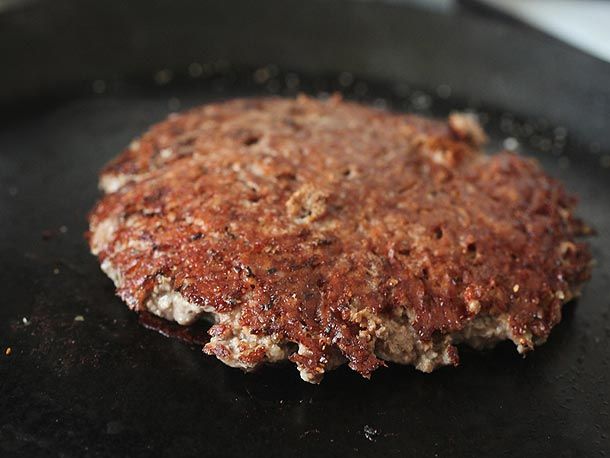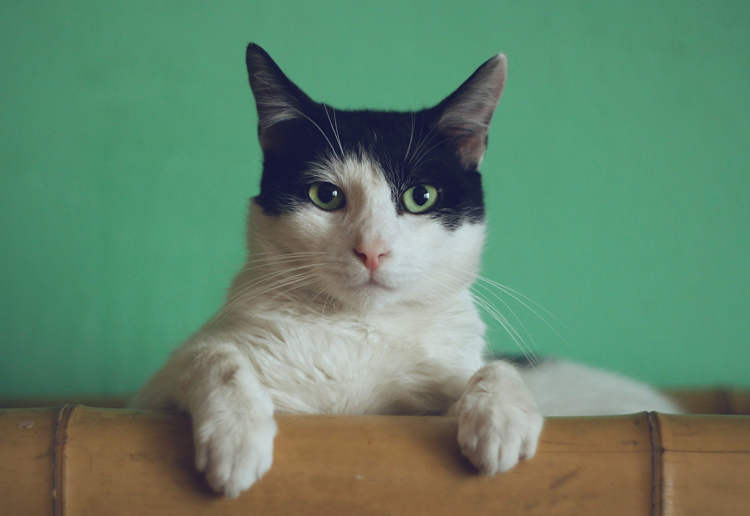Gigi Barker, a British furniture designer and owner of Studio 9191, has come up with a new range of seating that looks and feels a lot like the human body. The seats are designed to mimic bulbous, podgy human flesh. And they’re oddly comforting, as Gigi’s customers reluctantly admit.
Although the seats are made of leather – the closest material to human skin that she could find – they’re so oddly shaped that they aren’t instantly recognisable. And that’s exactly the effect that she was hoping to achieve with the project, which she calls ‘A Body of Skin’.
Through the project, Gigi wanted to explore people’s reactions to furniture that is strangely familiar to the sight, smell and touch, but not recognisable. “That made the viewers question how to interact with the shapes and to form their own conclusions,” she said.
To create the unique pieces in her new furniture collection, Gigi started off by tracing the outline of an anonymous gentleman’s midriff, as he was seated. She studied his figure in detail and developed sketches of how she wanted her furniture to look. “I abstracted the shapes of his form so as to remove some of the immediacy of such a literal representation and allow the viewer to form their own conclusions,” she said.
Once she decided on the form she was going for, she first made small models out of clay. When the styling was finalized, she then blew up the shapes to full size, cast in silicone. Silicone, Gigi explained, has the right sensory impact, and it ‘reacts to our bodies, matching our body temperature as well – perfect for soothing a crying baby’.
Since we wear perfume to attract other people, she thought ‘why not use the same technique with her furniture?’ So she also impregnated the material with pheromones and aftershave, to create a ‘full sensorial experience, which really immersed the viewer’.
In the final step, Gigi laid molding leather over the silicone form with the suede section facing up, to complete the perfect illusion. “It is subtler in its visual impact due to our familiarity with the material,” she said. “Despite this, it is literally a piece of skin removed from a body and not a representation of the material.”
The final collection consists of a voluptuous seat formed from two rounded elements, and a plump footstool. Both pieces are available in different shades, to imitate the various colors of the human skin. “I hand-made all the pieces myself, creating the initial sculptural shapes in the studio and then moulding the leather in my bathtub at home,” Gigi explained.
If you’ve ever touched a blob of silicone before, you’d know that it’s a highly unnerving experience – so similar is its texture to human flesh. So imagine sitting on a large silicone chair covered in leather, it’s almost like sitting in someone’s lap. The idea sounds bizarre, but it’s surprisingly popular – all of Gigi’s seats on display at Central Saint Martins College of Arts and Design were snatched up by intrigued buyers. She’s already talking with retailers about reaching out to the consumer market.
The seats are especially a hit with children, who seem to have no reservations about how weird they feel. “Children have been one of the most interesting demographics in relation to the work,” said Gigi. “Without any of the hangups we later develop, they are free to truly explore and interact with the work.”
“Work regarding the human body is very personal and we all have a very immediate reaction to it so the reactions have reflected this,” she added. Her goal is to get people to make a physical connection with the chair, and to think about their own relationship and comfort level with human skin. “I have my own personal relationship with it, which is based on my own personal history. Just as someone else will. I think this project is more about the people and the bodies rather than the skin itself.”
When the collection hits the market, the fleshy stool will be priced at £440 (approx. $750) and the large chair will be £1,500 (approx. $2,500). Gigi plans to introduce more pieces into the collection and she’s currently collaborating with fashion designers and architects to see what else the material could be used for. She even used it to make a dress that she wore on the opening night of her show.











